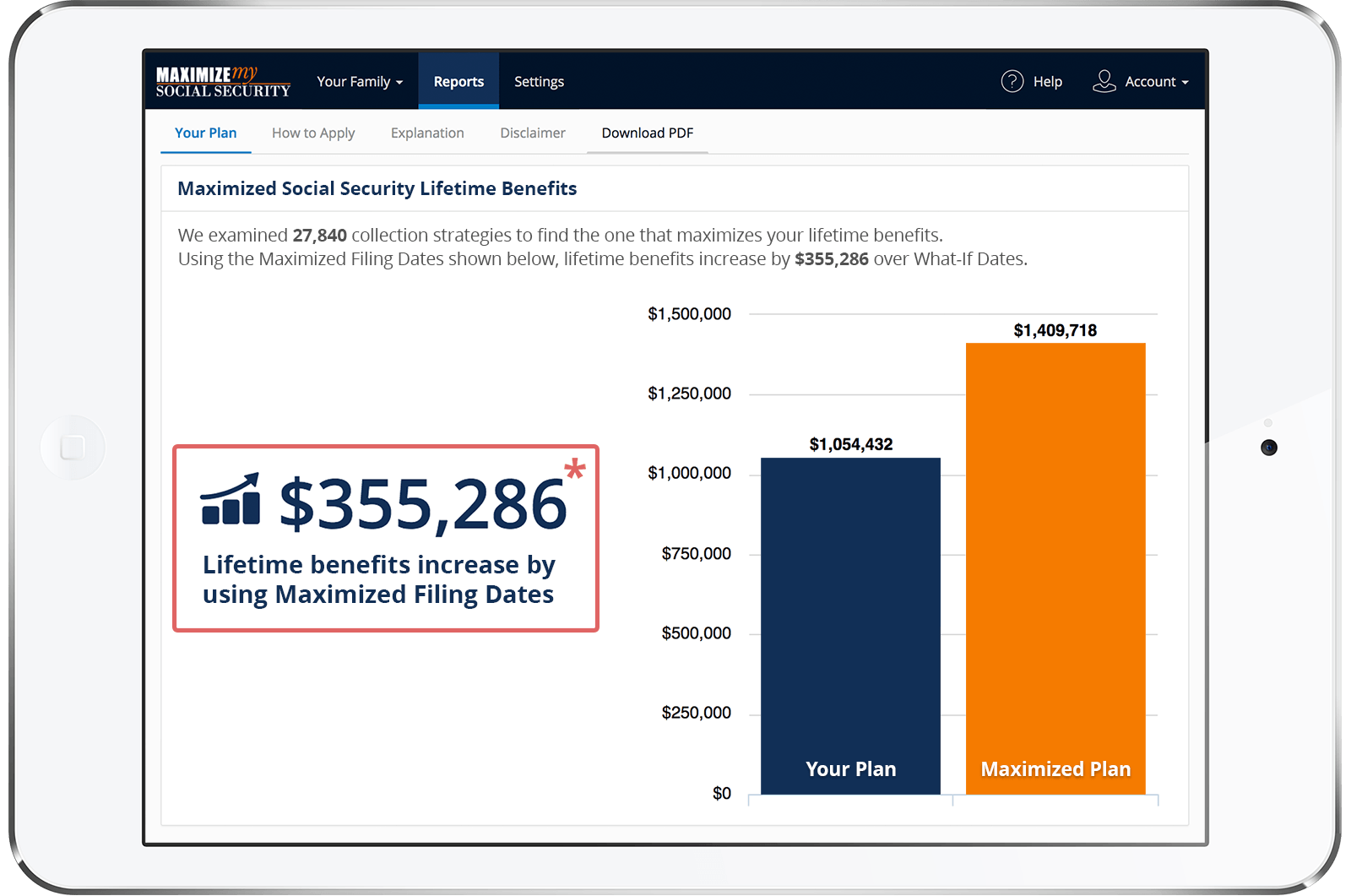I was born 5/24/'55, daWyfe was born 11/26/'55 (exactly 6 months-ish)......our full retirement age will be 66 n' 2 months....I'm waiting till July 24th 2021, to receive full retirement benefits; she took HER benefits at age 62 ($770/month).....when I receive full benefits, does she then get 50% of MY benefits, or must she wait til HER full retirement age, or does she get reduced benefits, as a result of her earlier retirement disbursement?....she says she gets 50%, regardless of her previous SSI disbursement, I think I read it to be 25% of my full retirement benefits (because she received her retirement benefit 36 months early)....Please, help us determine if I am correct, or she is!...she's getting grumpy about my continually seeking answers!
Hi,
The short answer is no. Since your wife started drawing her benefits at at 62, the reduction rate applied to her benefits will continue even if she qualifies for additional spousal benefits when you start drawing. Furthermore, if your wife does qualify for additional spousal benefits those benefits will be reduced for age if you start drawing your benefits before your wife reaches her full retirement age (FRA).
For example, say Amy filed for her benefits in 2018 at age 62. Amy's primary insurance amount (PIA), or full retirement age rate, would be $800, but Amy's rate is reduced for age to $590. This year, when Amy is 64, her husband applies for his benefits. Amy's husband's PIA is $2000, so Amy's unreduced excess spousal rate is calculated by subtracting her PIA from 50% of her husband's PIA. In Amy's case, that amounts to $200 (i.e. $2000/2 - $800). However, since Amy is only 64 when she becomes eligible for spousal benefits her spousal rate is reduced to $161. That amount is then paid in addition to Amy's own reduced rate of $590 to give her a combined rate of $751 (i.e. $590 + $161).
Before deciding when to file for your benefits, you may want to strongly consider using our software (https://maximizemysocialsecurity.com/purchase) to fully analyze the options available to you in order to determine your best strategy for maximizing your benefits.
Best, Jerry
